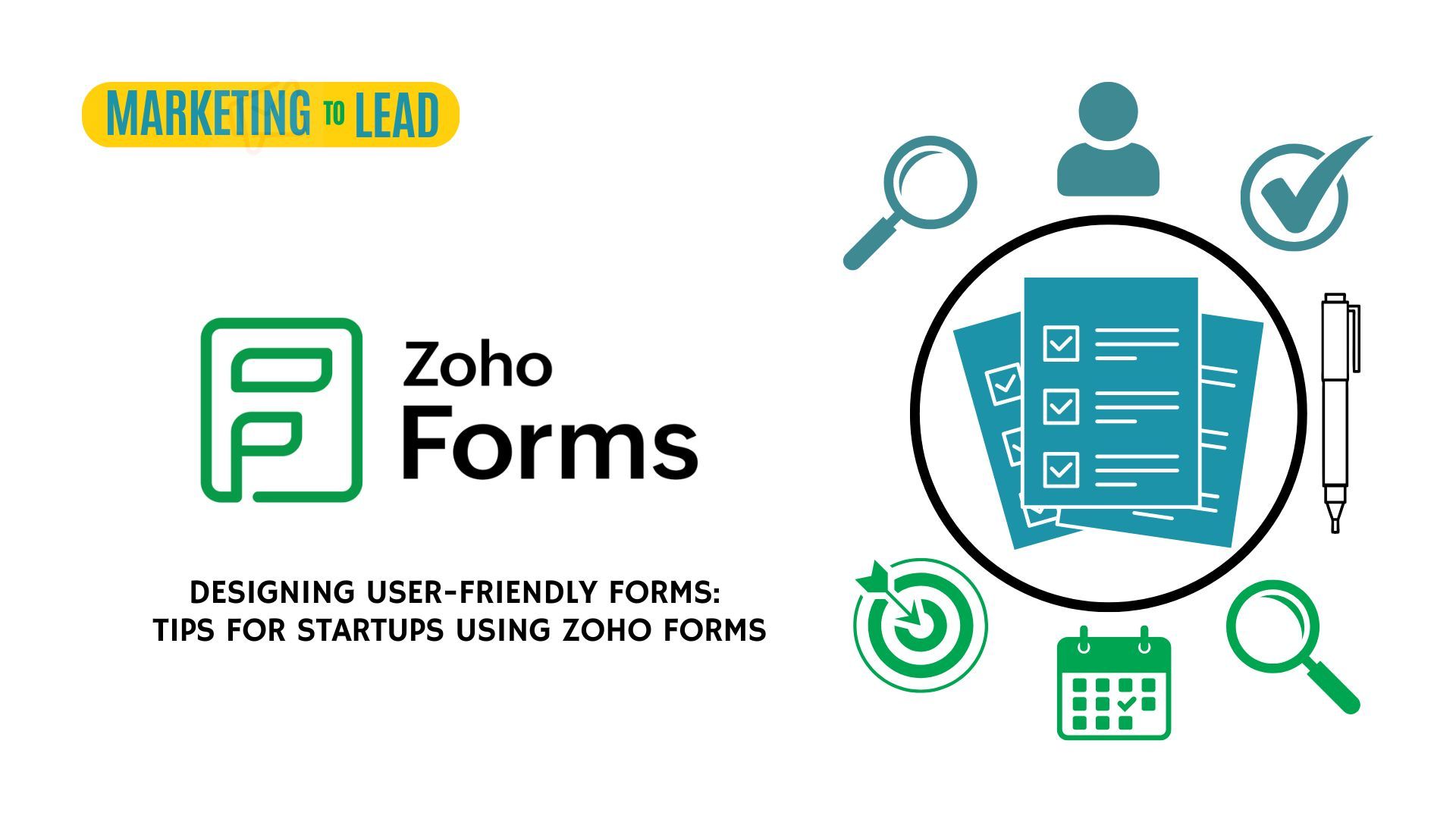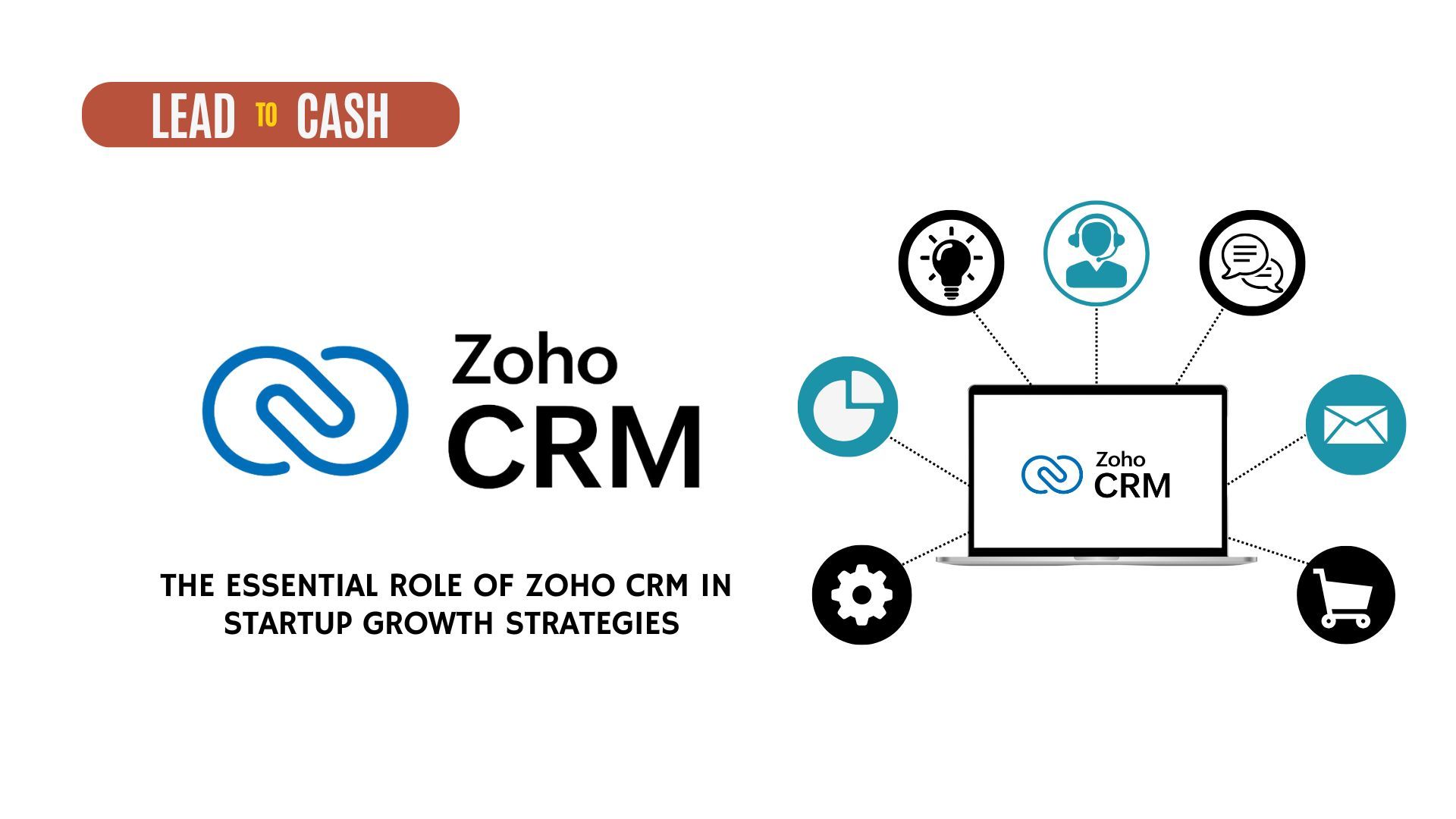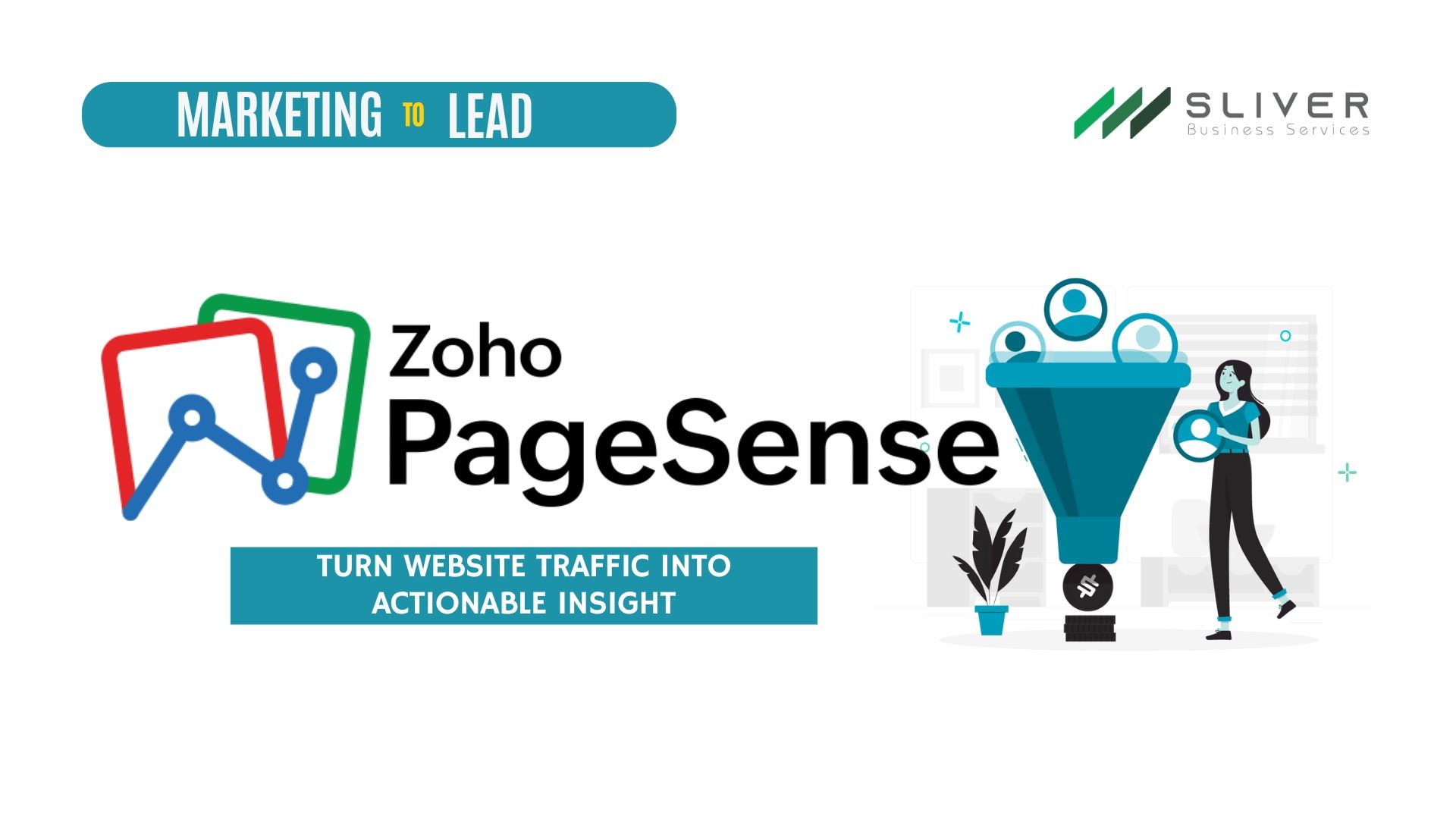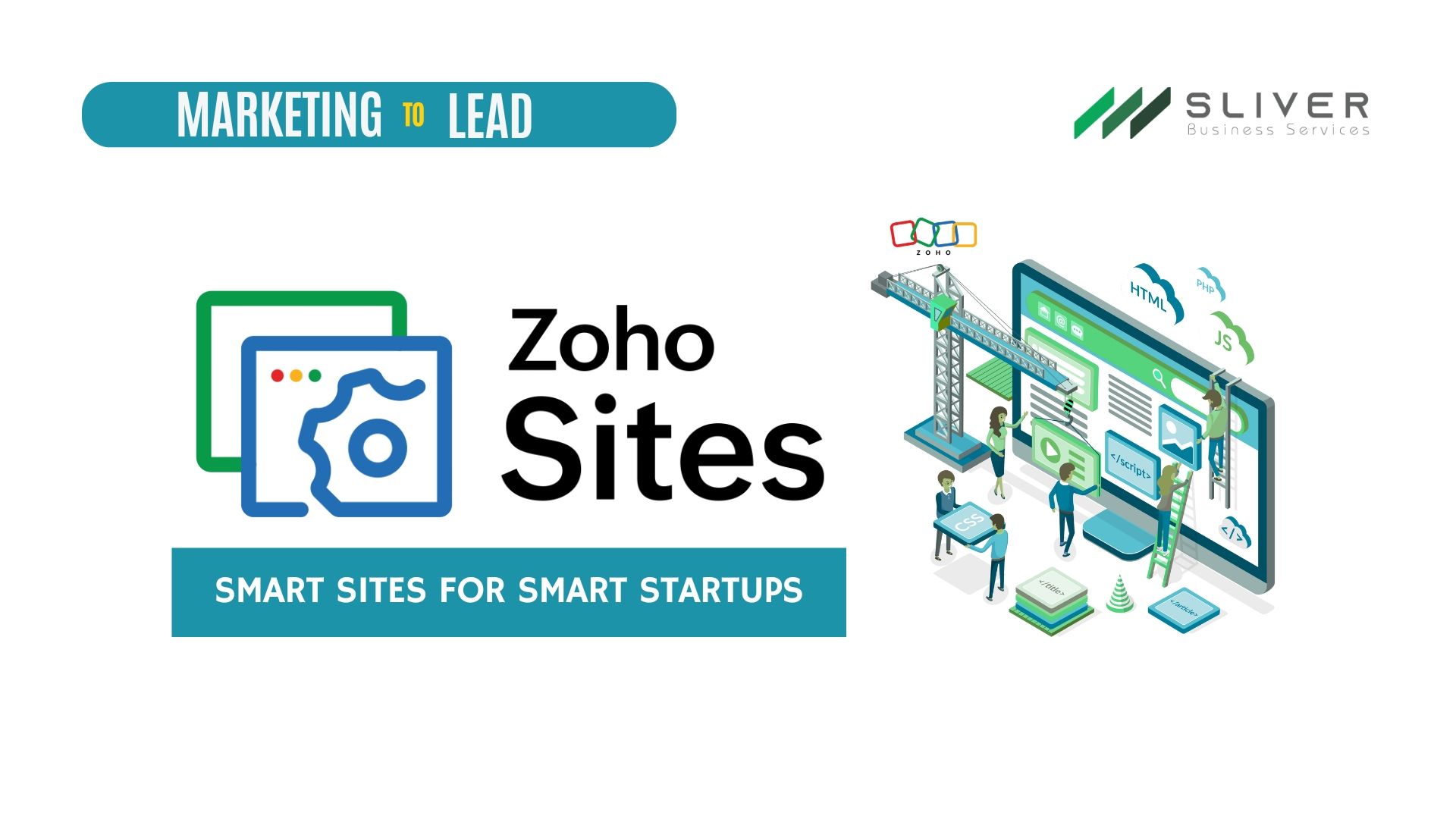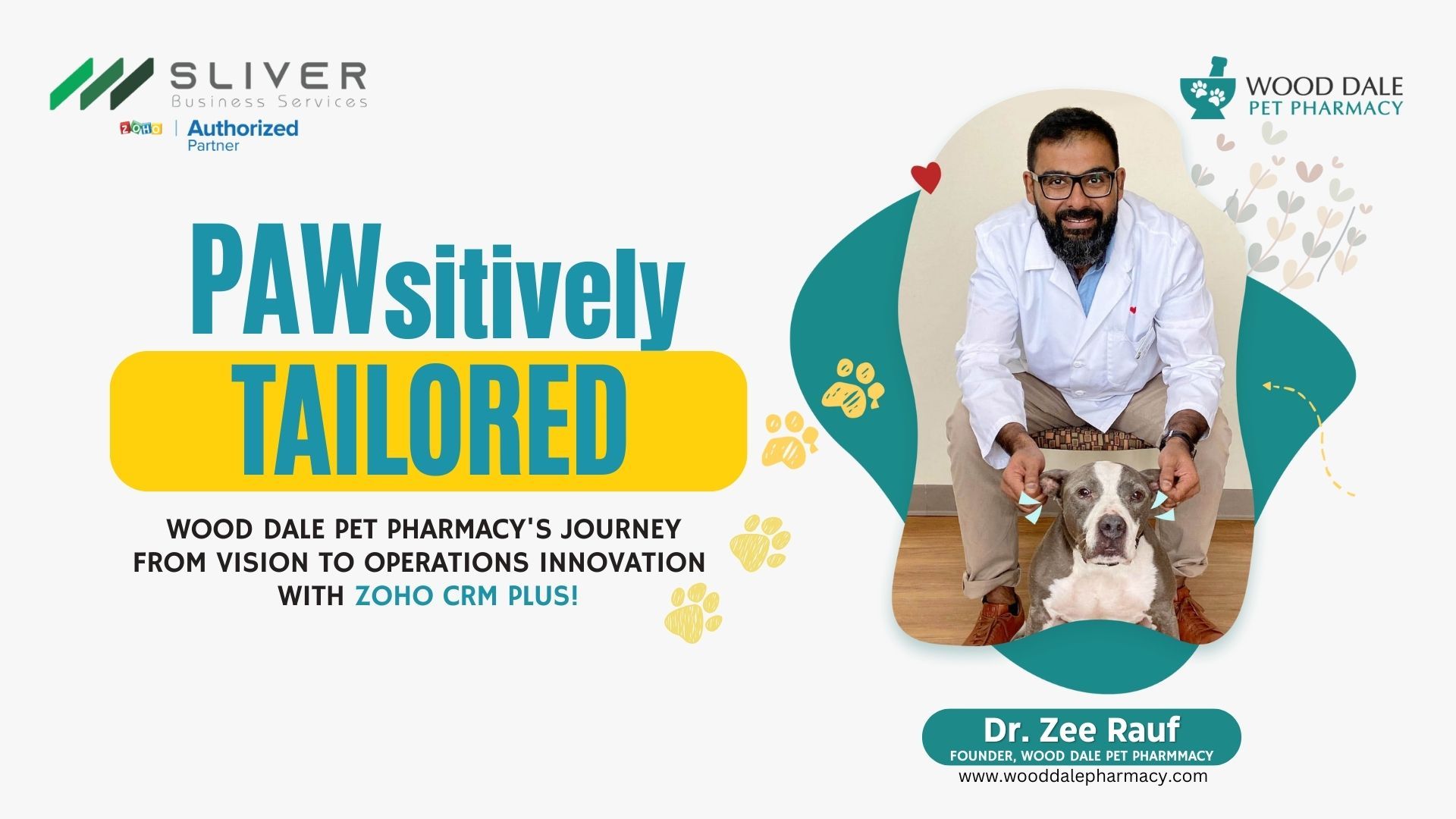Selling with Systems
Selling With Systems: How To Shorten Your Sales Cycle
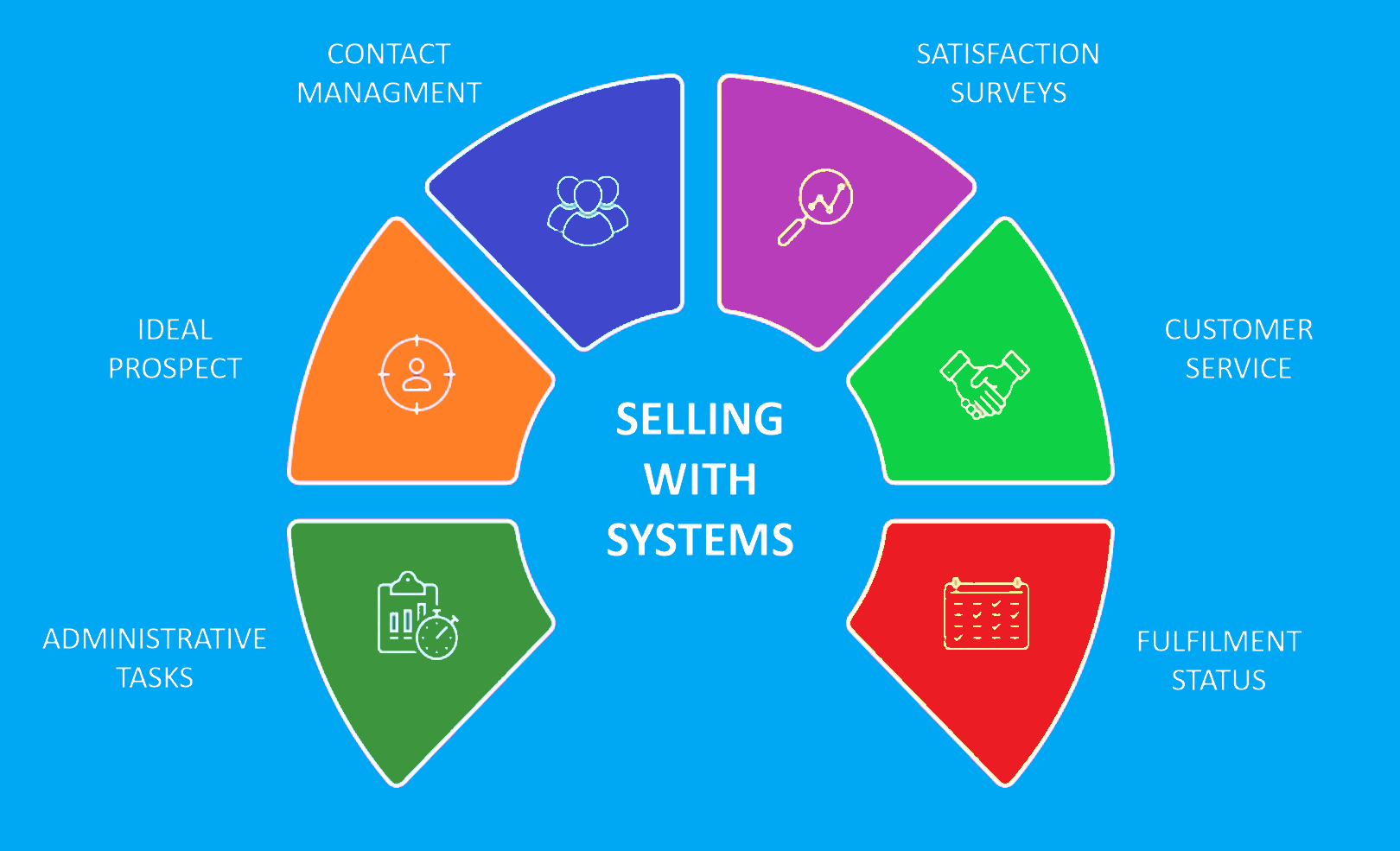
Whether yours is a startup or a growing company, you need a sales team that is efficient and productive. While the rockstar sales executives could be the rainmakers for your company, when they leave the organization your sales numbers would decline. To ensure that your sales are not dependent on just a few sales reps, you need a process and a system to keep your sales pipeline healthy and de-risk the cashflow. A few good practices mentioned below will not only ensure that your sales is not dependent on a few sales people, but also that the overall sales team is efficient and effective.
Set Pricing Expectations Early On
When speaking to clients, many times depending on what you’re selling and who you are selling to, price is often the number one reason why your sale can fall through the cracks, or be stalled.
When’s the last time you were rung up at a cash register and were excited to learn about an extra fee? Probably never. People don’t like finding out about unexpected costs and fees in the eleventh hour.
So, while it can be tempting to soften the blow of cost by veiling the price, it almost always adds time and frustration to a deal.
Instead of strategically doling out added costs or fees — which is difficult and time-consuming to explain — make it crystal clear what a prospect will get from your service. Pricing transparency gives prospects a reason to trust you and saves you from unexpected objections down the road. At the same time, you don’t want to keep selling to a prospect that is already sold. If you judge that the prospect is convinced that your services are worth the investment, then leverage that situation into a close.
Setting expectations like that will likely weed out prospects that drag the sales cycle out, and bring forward the ones that are more likely to be your ideal clients.
Improve Your Sales Cadence
The average sale is made after 7 to 12 contacts with the prospect. In order to make sure that you are doing the best job shortening your sales cycle, it is crucial to minimize the number of touchpoints it takes to develop trust. It is also important that these touchpoints are happening in multiple channels so that the touchpoints can happen efficiently.
A sales cadence is how you reach out to a prospect and how you contact them via follow up. And throughout the process you should be providing as much value as possible through many channels to build trust.
Automate Repetitive Tasks
According to a study, the average sales professional spends 21% of their time writing emails, and 17% of their time prospecting and researching leads. It is not uncommon for top sales reps to spend more hours in a day organizing or inputting information than actually selling.
Sales automation tools can remove these tasks from your plate or make them easier to complete. Automating repetitive tasks helps sales reps spend more of their cognitive time working on high-value tasks like building targeted relationships. Start with an audit to determine which tasks you and your teammates are doing repeatedly.
After you have a list down, it's important these tasks promote convenience. If the automation of these tasks is time consuming to set up/maintain, the steps needed to automate will likely never go through. Furthermore, categorization of prospects is crucial to successfully shortening the sales cycle. When you start developing advanced cadences, there will be multiple moving parts to your sales cycle, and properly and efficiently managing that will be very important to success.
An ideal CRM platform solution enables businesses to successfully target their marketing campaigns, drives sales engagement by analyzing visitor website behavior, indicates the best time to contact a lead, communicates order fulfilment status, organizes tickets based on sales pipeline data, and provides a 360-degree customer view.
The ideal platform that is capable of serving businesses of all types is Zoho’s CRM plus. Zoho’s CRM is a platform that enables omnichannel communication and makes it easy to integrate all your internal team efforts while simultaneously delivering a unified experience to all your customers, which will improve closing rates and the average value of a customer.
However, there are several risks associated with migrating a business to another platform. If a company already has an established clientele, then it needs to make sure that the daily processes are running smoothly, while it is upgrading its customer experience platform. And that’s where an implementation process comes in.
We, at Sliver, leverage Zoho to have the lowest implementation time in the business, at 50% shorter than the industry average. Whether a small business, an enterprise, or something in between, that needs onboarding assistance, our full-service consulting and professional services will help map out its unique implementation requirements. By implementing software that improves customer experience dramatically, a company can make sure that it is unifying sales, marketing, and product and service departments under one platform.
----------------------
For more information on how Sliver can implement an integrated Customer Experience platform and help your company significantly improve sales and customer relations, email us at info@sliverusa.com.
For a free 14-day trial of Zoho CRM Plus, the most versatile and integrated sales and customer experience platform, use the link Zoho CRM Plus. Once you sign up, email us and we will double your trial period.


